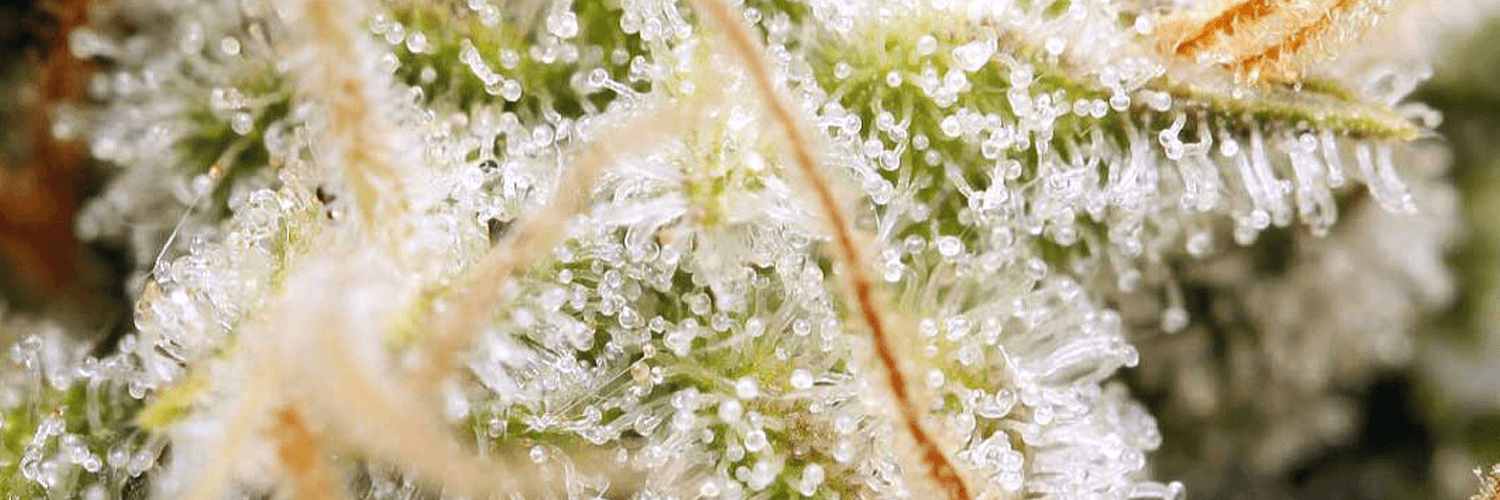Sativa, Indica, Ruderalis: What Makes Cannabis?

Cannabis has a long history. Years of laborious cultivation and fierce prohibition made the plant famous. However, on the edge of legalization, we still don’t know much about cannabis. Scientists only started to figure out how it works. What they have found so far leaves us with one profound question: what if all we know about the plant is not entirely correct?
The central hypothesis says that cannabis species differ because of cannabinoid makeup and ratios. People believe that indica and sativa contain varying amounts of THC and CBD, and that makes them affect the human body differently.
With better access to cannabis, researchers found out that our hypothesis may be incorrect. The effects are still caused by chemical reactions in our bodies, but it seems that other compounds initiate them.

Why Names?
Indica and sativa are taxonomical classifications of the plant genus Cannabis sativa L. Letter ‘L’ stands for a scientist Carl Linnaeus who discovered the species. However, he incorrectly assumed that the genus has a single species. Later, the name turned out to be misleading because of word ‘sativa’ in the taxonomy.
Soon after, Jean-Baptiste Lamarck described Cannabis indica Lam. A Russian botanist D.E. Janischevsky presented Cannabis ruderalis Janisch. That led us to what we know today: C.sativa, C.indica, C.ruderalis.
This example shows us how these classifications don’t have any real foundation in the plant’s properties. These names were largely determined by geographic regions of plant’s origin or the name of the person who first described it. It seems that terms indica and sativa can’t really explain the different effects of cannabis strains. We can barely use these names to describe a lineage or growth patterns of a particular species.

Magic of Terpenes
If effects are not determined by assigned names and plant’s phenotype, what defines them?
We used to think that cannabinoids represent how cannabis strains affect a user. Scientists found out and described more than 85 different cannabinoids. Almost everybody has heard about tetracannabinol (THC) that is cannabis’ primary psychoactive chemical compound. Cannabidiol (CBD) is the second most known cannabinoid. It makes buzz today, with all the scientific research on its therapeutic and medicinal properties. But they’re not the only one compounds that define the plant.
Terpenoids, or terpenes, are organic chemical compounds widely produced by many plants. They give flowers and trees their aromas. Terpenes are a key component of resin and constitute essential oils produced by a plant. In cannabis, terpenes are responsible for the smell and flavor of flowers. Research shows that terpenes can be responsible for the variety of effects from a marijuana use. They could be the primary reason why we distinguish one strain from another, indica from sativa.

Photo credit: aromatherapybenefit.com
Time to Fix Makeup
Our society got used to terms sativa and indica. Indica represents a body-buzz, soothing effects, and relaxation. Sativa stands for cerebral high and uplifts mood. However, we know that many ‘indicas’ can produce sativa’s high, while many ‘sativa’ can give indica stoned high.
In reality, 95% of cannabis strains today are hybrids. Only a handful of landrace strains exist. As we pointed out, the terms ‘indica’ and ‘sativa’ should be used in the industry to define particular traits of origin and growth patterns. When we speak about the effects, we need a new language.
In 2014, Dr. Jeffery Hergenrather, President of the Society of Cannabis Clinicians, pointed out that ‘while cannabinoid ratios in most cannabis may be about the same, it is the terpene content which typically creates the different qualities that we have parsed as the difference between indicas and sativas for some time. It is highly likely that terpenes may very well alter the properties of the cannabinoids. Standardized testing is essential to the advancement of our understanding of this issue.’
Now we know that cannabis effects may be a product of terpenes:cannabinoids ratios and makeups. The ‘entourage effect’ can explain how terpenes and cannabinoids combine to produce unfolding effects in different users. These effects may vary because of the user’s unique chemical body composition, which ensures the chemical reactions affecting human bodies in some unpredictable ways.

What’s ahead?
We need more research. We have limited knowledge about terpenes and cannabinoids and the mechanisms of their interaction. For example, we know the THC is psychoactive and produce uplifting effects. However, many indica strains have higher THC levels but still give couch-locked effect on the body. The interesting thing is that any of the strains with body-buzz effects have elevated levels of the terpene called Myrcene. It’s also present in hops and produces sedating feeling as if you drink a lot of IPAs. There are some other terpenes, and some of them contribute to flavour, while other may affect physical or mental condition. Their ratios and levels in every strain can produce different effects.
Now, in states with legal cannabis, universities conduct new studies and fund research programs to allow scientists work without intervention from industries with high stakes in the field. It will help to determine how cannabinoids, terpenes, and other compounds interact with the human body. The most exciting thing is that is we just in the beginning of our journey, and we’re bound to some hell of a ride. So stay tuned!


No Comments